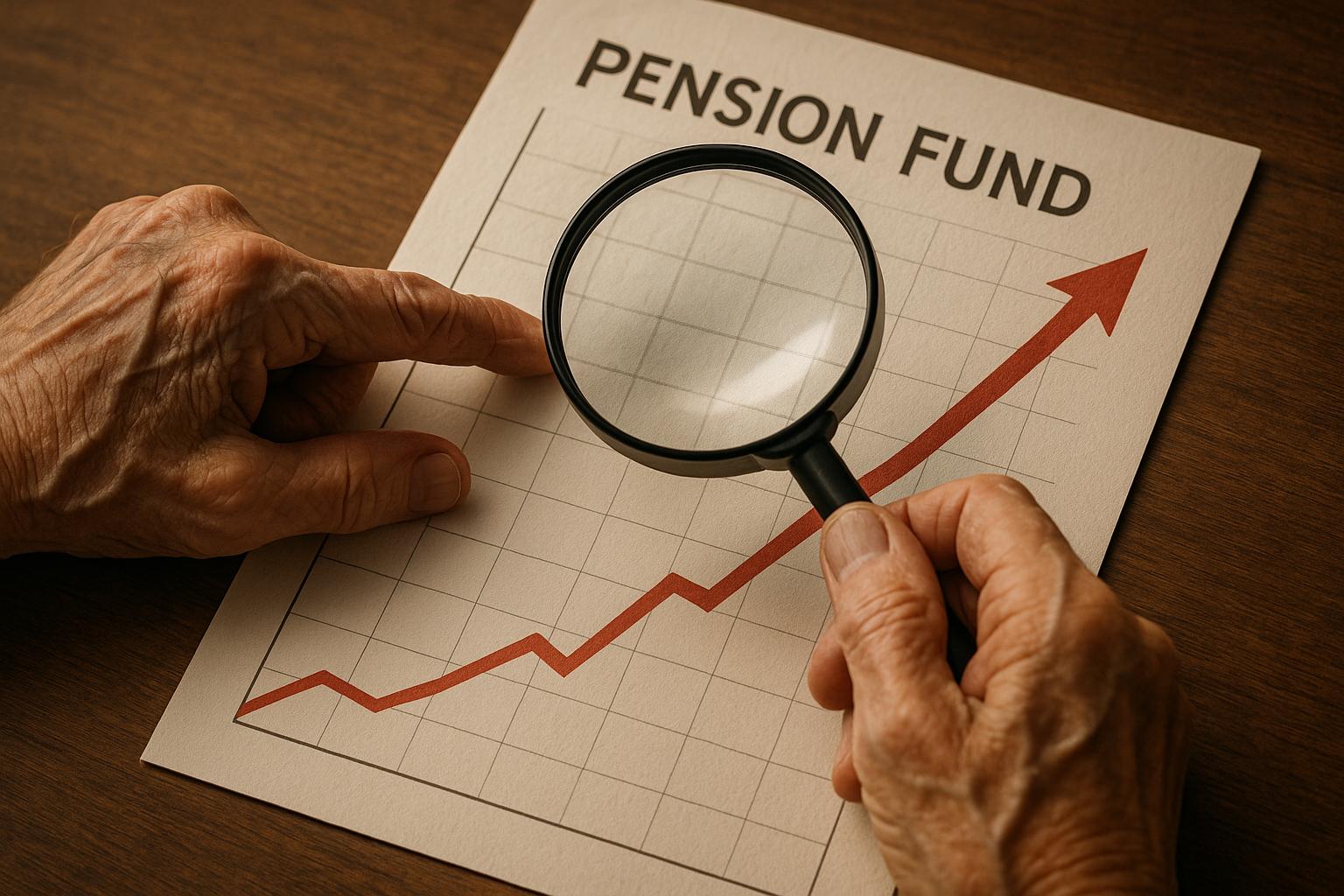State pensioners born before 1959 are poised to receive a larger-than-expected increase in their state pension next year, driven by an upward revision in wage growth data. According to the latest figures from the Office for National Statistics (ONS), total wage growth, including bonuses, for the quarter to July has been revised slightly upwards to 4.8%, up from the previous estimate of 4.7%. This adjustment suggests that the Department for Work and Pensions (DWP) will offer a more substantial triple lock increase on the state pension than initially forecasted.
Rachel Vahey, head of public policy at AJ Bell, highlighted the likely impact of this adjustment, noting that if inflation does not exceed 4.8% when the September figures are released, the new state pension could rise to approximately £241.30 per week from April 2026. This would equate to around £12,548 annually, surpassing the £12,000 mark for the first time ever and nearing the current income tax personal allowance of £12,570. The position presents a dilemma for the government, particularly Chancellor Rachel Reeves, as the state pension is likely to exceed the personal allowance by April 2027 if the triple lock is maintained as promised until the next general election. This could intensify pressure on whether to raise the personal allowance or reconsider the sustainability of the triple lock, both of which carry significant fiscal and political consequences.
Helen Morrissey, head of retirement analysis at Hargreaves Lansdown, pointed out that while the increases might seem incremental—raising the full new state pension to around £241.30 per week, and the basic state pension to about £184.90 per week—the final figure depends on upcoming inflation data. With inflation reportedly hovering around 3.8%, earnings growth is expected to be the determining factor for the increase.
The state pension rise is part of the government's broader Triple Lock system designed to protect pensioners from rising living costs by increasing the pension each year by the highest of earnings growth, inflation, or 2.5%. This mechanism has substantially boosted state pensions over recent years. For example, the full new state pension for the 2025/26 tax year is projected at £230.25 per week (£11,973 annually), with forecasts indicating around a 4.7% increase in 2026/27, which would push the weekly payment above £241. This increase represents more than a 30% rise in the state pension over four years, as the Triple Lock compounds year over year.
However, this generous increase intersects with tax policy challenges. Industry analysis suggests that by April 2027, the new state pension will exceed the income tax personal allowance (£12,570), meaning pensioners might begin to pay income tax on part of their state pension for the first time. This raises important questions about the broader implications for pensioners’ net income and government fiscal policy.
Alongside this pension rise, many recipients will also benefit from the DWP’s longstanding "Christmas Bonus," a one-off, tax-free payment of £10 issued to those receiving certain benefits, including the state pension. Though unchanged since its introduction in 1972, when adjusted for inflation, that £10 is approximately equivalent to £118 today, underscoring the modest scale of this bonus relative to the pension rise.
The government’s ongoing commitment to the Triple Lock, despite its fiscal strain and political risks, reflects its aim to provide security to millions of pensioners. The policy ensures that pensioners can see their incomes keep pace with wage growth or inflation, providing crucial support amid rising living costs. However, with state pension payments now approaching or surpassing tax thresholds, and the cost of maintaining the personal allowance freeze mounting, the government faces a complex balancing act in the coming years over pension policy and taxation.
📌 Reference Map:
- Paragraph 1 – [1], [4], [5]
- Paragraph 2 – [1], [3], [4]
- Paragraph 3 – [1]
- Paragraph 4 – [2], [4], [5], [6], [7]
- Paragraph 5 – [1]
- Paragraph 6 – [1], [3], [4]
- Paragraph 7 – [1], [2], [3]
Source: Noah Wire Services
